I have a set of numbers arranged in a numpy array:
large_set = np.array([5, 6, 7, 8, 9])
I have three smaller sets:
small_set_1 = np.array([4.65, 4.66, 4.88])
small_set_2 = np.array([6.32, 6.77, 6.98, 7.46])
small_set_3 = np.array([9.75, 9.99, 10.34])
Is there any direct way to determine in python that small_set_x falls within large_set or not?
I did like this but its not very direct:
if (min(small_set_1) > min(large_set) or min(small_set_1) > max(large_set)):
pass
elif (min(small_set_1) < min(large_set) or min(small_set_1) < max(large_set)):
pass
elif (max(small_set_1) > min(large_set) or max(small_set_1) > max(large_set)):
pass
elif (max(small_set_1) < min(large_set) or max(small_set_1) < max(large_set)):
pass
In the end, I should simply print("The small set is within the large set"). If possible, it can be nice to be able to print something like 'The small range doesn't lie in the large set, they are at the beginning of the large_set' (matches small_set_1 in this case).





